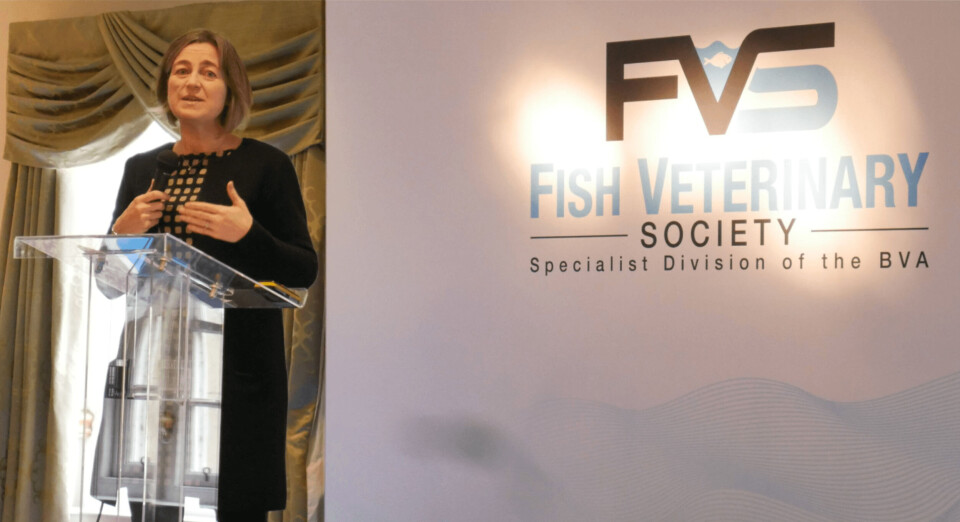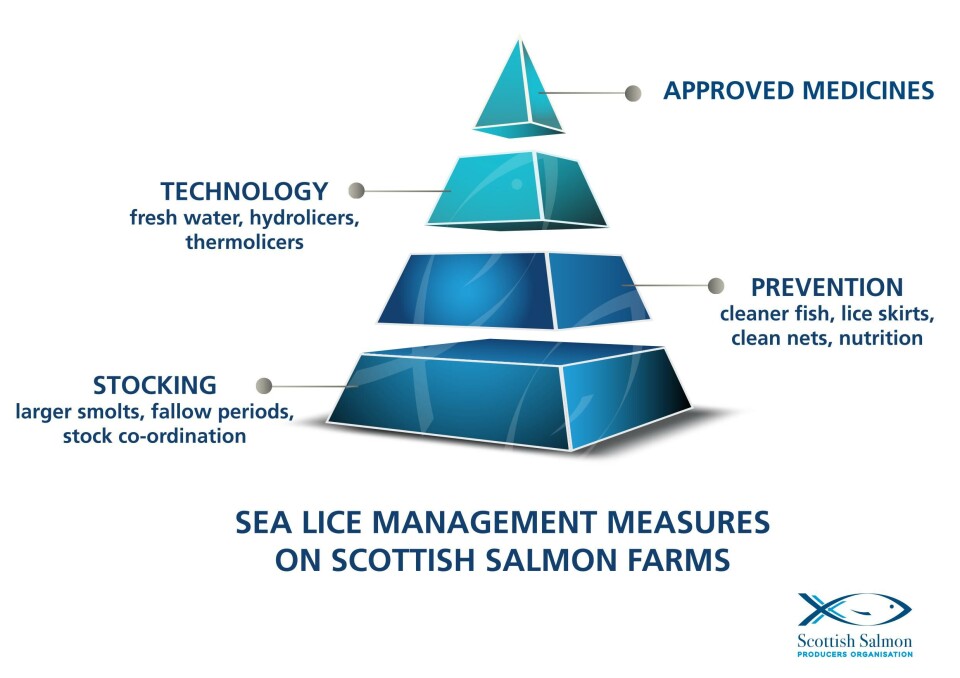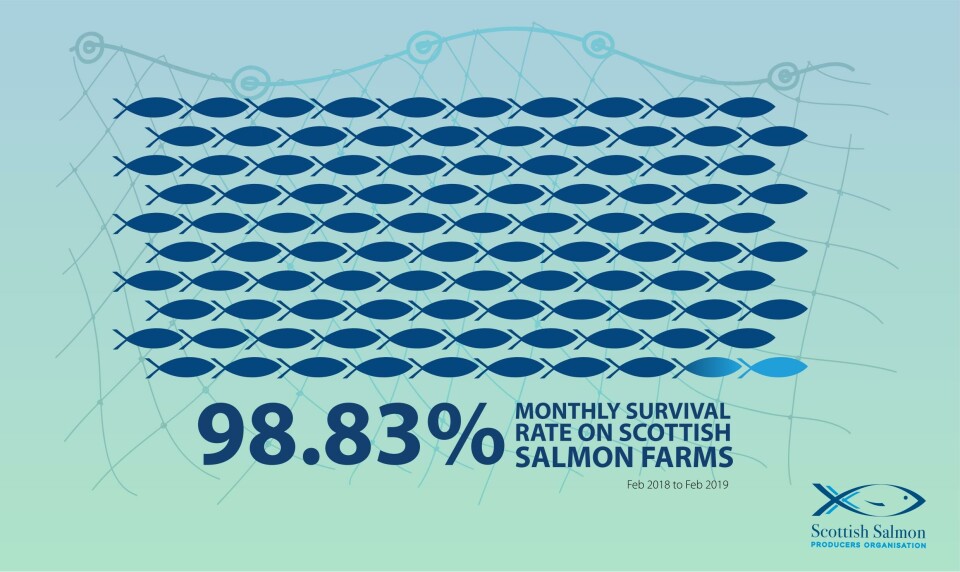
Scottish 2018 sea lice average is six-year low
The amount the Scottish salmon industry spends annually on medicinal treatments against sea lice has fallen by 47% in the last three years to £9.7 million, the Scottish Salmon Producers’ Organisation (SSPO) said as it revealed average lice levels on farms last year were the lowest for six years.
SSPO chief executive Julie Hesketh-Laird highlighted the achievements in a speech at the Fish Vet Society’s annual conference on Tuesday in which she outlined the success of alternative methods of lice control, such as cleaner fish and mechanical de-lousing.

She said these had contributed to the sector achieving its lowest average sea lice levels since 2012. In 2013 the average number of female adult lice per fish was 0.54. This went down to 0.46 in 2018.
According to the SSPO, investment in cleaner fish and technologies such as the Hydrolicer and Thermolicer which use water and temperature to remove lice has risen to around £53.5m over the past three years.
The SSPO also reported that the average monthly salmon survival on farms last year was almost 99%.
Hesketh-Laird said: “Fish health and welfare is at the very heart of successful salmon farming. In spite of changing and challenging marine conditions, salmon farmers are working successfully to innovate, collaborate, take action and manage fish health and welfare.”
The SSPO said fish farming companies are now reporting sea lice and survival data after either one month or two, not three, as was the case previously.
“Scotland is leading the world in the reporting of salmon survival data and in the sustained management of sea lice. This demonstrates our willingness to be open about our operations and standards of fish health and welfare,” said Hesketh-Laird.

‘Above and beyond’
“The sector’s reporting of its performance is above and beyond the many other levels of regulation and voluntary data already shared. From today, we will be publishing more current farm-by-farm sea lice and survival data, moving from three-month reporting schedule we have worked to in the past.
“This enhanced level of transparency should reinforce trust in this important Scottish farming sector.”
The relatively long gap between the collection and publication of sea lice and survival data was questioned during last year’s inquiry into salmon farming by the Scottish Parliament’s Rural Economy and Connectivity (REC) Committee. MSPs pointed out that similar information from Norwegian farms was publicly available two weeks after collection.
The Fish Health Inspectorate, part of Scottish government agency Marine Scotland, recently began publishing farm-by-farm lice counts and fish mortality information with a shorter time gap than had previously been the case. The latest lice figures on the Marine Scotland website, containing information until week 4 January 2019, were published March 4, and fish mortality statistics from February 28. The mortality information lists incidents going back to 2017, with the most recent being on January 14, 2019.























































